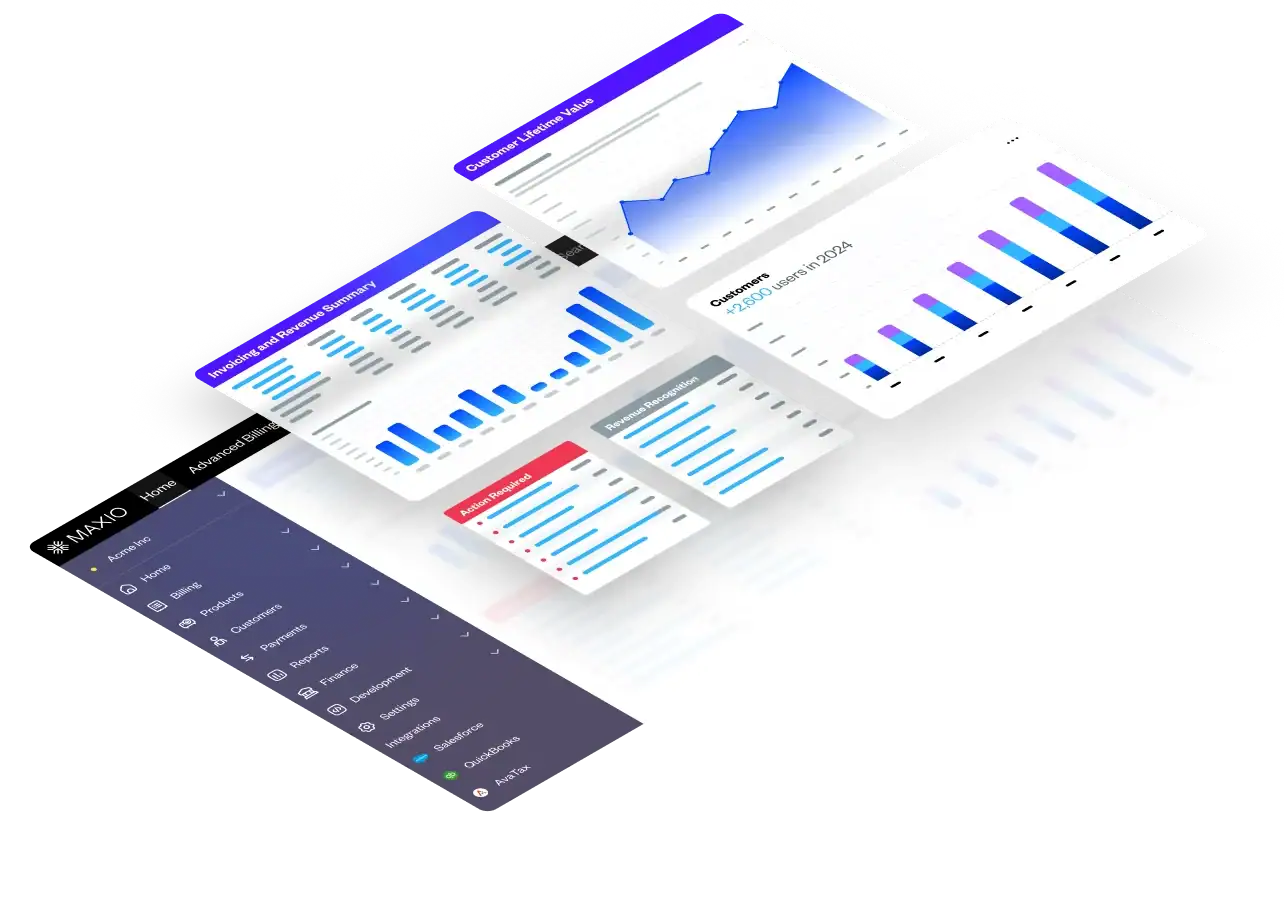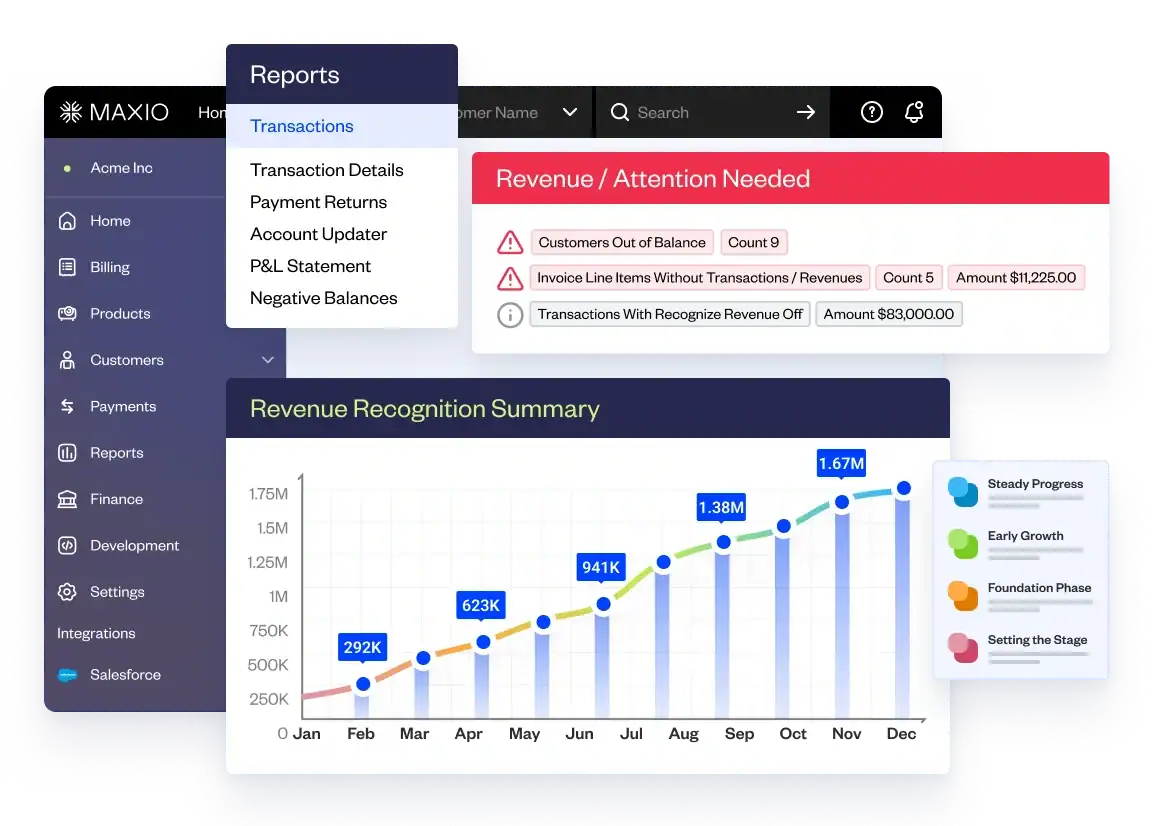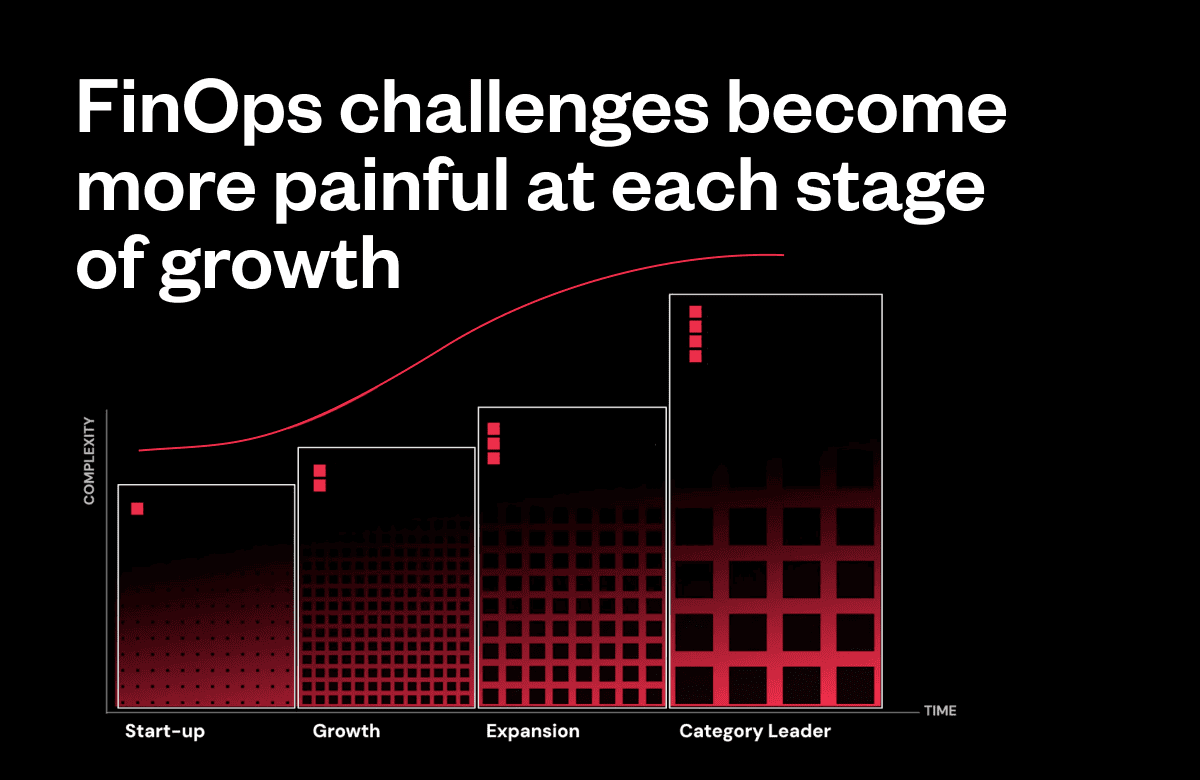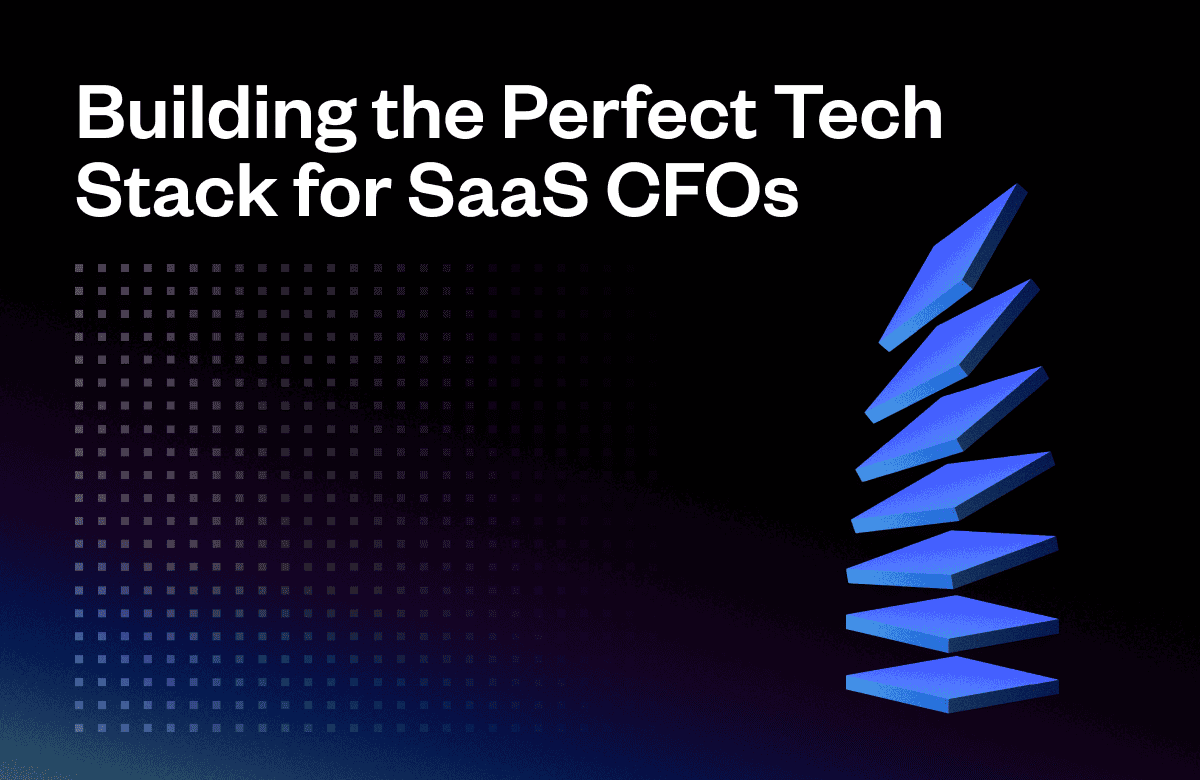Do you wish you had a SaaS startup checklist to guide you on your journey from seed funding to IPO?
You’re in luck. The founder of SaaS Gurus, Anthony Nitsos, showed us the blueprint he uses to advise SaaS startups on setting up their financial operations to scale efficiently, breeze through audits, and appeal to future investors.
According to Nitsos, To scale an early-stage company, you need to focus on the following core areas of your business:
- Financial Core—to create a streamlined quote-to-cash process
- HR Core—to manage payroll and employees
- Protective Infrastructure—to protect internal data, systems, and people
- Customer Core—to maintain and develop strong customer relationships
Anthony defines these four core areas as the “finance and stakeholder ecosystem.” In a recent webinar, Anthony and Clayton Whitfield, co-founder of Maxio, connected to discuss the importance of a well-maintained F&S ecosystem in enabling rapid growth, minimizing risk, and saving cash.
How to Start Building Your F&S Ecosystem
Everything in the finance and stakeholder ecosystem begins with the financial core (a.k.a, your accounting, budgeting, and SaaS metrics tools). For SaaS startups, a well-organized financial core serves as the foundation for the rest of your company’s organizational infrastructure. Without it, nothing else can function properly.
Financial Core
1. Establish your accounting system first. Poor financial records are not something you can run away from. Accurate and up-to-date financial records display the current state of your business, help you maintain GAAP/IFRS compliance, and prove to potential VCs that your company is worth the investment.
2. Invest in budgeting and forecasting tools. Whereas an accounting system displays the current status of your business, forecasting systems let early-stage companies see where business is heading. Trying to scale an early-stage company without a defined budget and revenue projections is like driving at night without your headlights on—possible, but you’re likely to crash.
3. Find an analytics dashboard purpose-built for SaaS metrics. Reporting on a SaaS startup’s metrics is essential for measuring growth and identifying opportunities for improvement. Healthy Churn, CAC, and ARR rates are all clear signs of success at early-stage companies.
All your financial systems should be set up so that they’re speaking the same language and sharing information automatically. With an integrated system, you’ll have access to a holistic view of your business’s financial status at any given moment.
Customer Core
After the financial core is the next layer: everything customer-facing, including your customer relationship manager (CRM), pricing and quoting software, and tools to empower your Customer Success team. A strong customer core helps early-stage companies retain users and expand deal sizes within their existing customer base.
People/HR Core
While the customer core helps SaaS startups maintain and develop external relationships, your HR core is built to nurture relationships internally. An effective HR infrastructure is comprised of multiple tools, including::
- An HR information system (HRIS)
- Equity tracker for employee options
- Background checking software
- Expense reimbursement
A thoughtfully-designed HR Core can significantly impact the employee experience at early-stage companies—it improves company culture, reduces employee turnover, streamlines onboarding and offboarding, and determines how your company is perceived in the job market.
Protective Infrastructure
Never underestimate the importance of protective Infrastructure. Enforcing strict security standards around employee and customer data is vital to maintaining compliance, avoiding legal disputes, and preventing potential security breaches.
We can’t stress it enough—it’s most important to have all of these systems set up as early as possible so when investors come knocking, you have an answer for every question sent your way. Delaying the development of these core functions could halt your growth efforts, leave you vulnerable to your competitors, and discourage investors from taking an interest in your operation.
Benefits of an Established F&S Ecosystem
A well-developed F&S ecosystem prepares SaaS startups for the challenges of rapid growth—but what other benefits exist?
- Access to clear KPIs, financials, and forecasts at your fingertips.With integrated systems, all your teams can stay aligned and work towards a common goal: growing your business.
- Delay hiring a CFO for 1-2 years.Most fractional CFOs at early-stage companies start their tenure by doing standard Controller or Accounting work because financial information isn’t readily available. With a strong financial core, finance leaders can focus on making strategic decisions instead of hunting down scattered data.
- Revenue and asset protection. Early-stage companies don’t have the staying power of a large enterprise—a single lawsuit or security breach could put them out of business. A solid protective infrastructure keeps your revenue and assets safe during a legal dispute or security threat.
- Scalable to $100M ARR. An F&S ecosystem gives SaaS startups the Infrastructure they need to scale upwards of $100M ARR before transitioning to an ERP or enterprise tools to handle operations.
Avoiding Common Mistakes
Based on his experience as a finance leader at multiple SaaS ventures, Anthony Nitsos, founder of SaaS Gurus, says there are a few common mistakes he sees early-stage companies make when they’re growing:
- Using an inefficient accounting system. For example, listing your employee payroll as a single line item on your P&L statement instead of breaking it up by department. Without granular data on department expenses, you have no way to calculate CAC or your gross margins accurately.
- Using a generic budget spreadsheet disconnected from your accounting system. Warehousing financial data in separate tools cause finance teams to waste time on manual data migration and increases the risk of data errors created by manual work.
- Using a payroll system that isn’t built for reporting.A basic payroll allows SaaS startups to pay their employees. However, without reporting features, they can’t recognize where their money is going. Instead, all their employee salaries are represented as one big number with a dollar sign attached.
- Using a CRM that isn’t integrated with documentation for contracts and accounting. Most CRMs are set up by sales and marketing—this means that finance teams are often siloed out of the equation. A siloed CRM means finance teams won’t have easy access to order data and cannot report on incoming revenue.
How to Fix an Ineffective Tech Stack
You’ve got a peek inside the nightmare situation facing many SaaS startups. Now how do you avoid it?
Perform a gap analysis. Just like going to the doctor, you can’t improve your health without a proper diagnosis. Conduct an audit of your current tech stack and determine which apps and tools aren’t helping move the needle.
Create a master plan. Identify and investigate potential software solutions to fill in the holes in your current tech stack. Reference your GAP analysis and feedback from your employees and departments to ensure you’re making practical software investments.
Control the deployment. Fixing issues takes time. Stagger your technology deployment times and account for variables such as implementation, onboarding times, and the learning curve employees must follow to get familiar with new software.
Lean into your new tech stack. Once your systems are working together and talking to each other automatically, your CFO is empowered to make strategic decisions, and you can pull financials at the drop of a hat. Less time in the back office = more time making decisions that directly impact your growth.
What should a SaaS startup’s financial statement look like?
A standardized financial statement for B2B SaaS companies should include:
- Bookings vs. recognized revenue
- Gross margin by income type
- Departmental expenses
- Net operating income
Measuring Success Against Benchmarks
Not all early-stage companies are the same, and your SaaS business plan may direct you to focus on different business metrics at different times. However, there are specific metrics that are more important to track as you reach new levels of maturity.
In the early days of SaaS startups, the total acquisition of new customers and the momentum of your ARR each month is the cornerstone of success. This stage is all about finding product/market fit through research, competitive analysis, and trial & error.
As early-stage companies grow, their focus should shift to building a repeatable and scalable sales process. In this stage, pipeline metrics become a focus for investors—they want to see clearly defined marketing funnels, low churn, and high retention rates to estimate their expected return.
Once you’ve achieved product/market fit and built a reputable sales process, metrics shift towards rapid growth—closed/won deals, ACV growth, NRR, and deal expansions.
Best Practices for Budgeting?
Ditch the budgeting workbooks. Managing budget workbooks in spreadsheets is time-intensive and prone to data errors. If you’re spending most of your working hours ensuring your spreadsheets are working correctly, you won’t have enough time to analyze the data and determine where your business is headed.
Integrate ETL (extract, transfer, and load) data with your accounting/HR/CRM systems. Ensure that your ETL data is integrated with your accounting, HR, and CRM systems. Having information readily available across departments and software tools saves time wasted on hunting down data points.
Ensure that your P&L statements translate to a reliable cash flow forecast. Early-stage SaaS companies burn through capital and need reliable cash runways to stay afloat. If your P&L statements aren’t detailed or accurate, your cash flow forecast will get thrown off.
Start the habit of reporting actual revenue versus budget. Early reporting on actual revenue keeps department leaders aware of true business health instead of projected outcomes.
Use rolling forecasts to get an accurate view of where you’re headed. Rolling forecasts give SaaS companies accurate predictions of short-term business goals, including EBITA, profits, and gross margins.
Fixing the F&S Ecosystem in Real Life
Anthony Nitsos shares an interesting case study from one of SaaS Guru’s clients. The CEO of a fintech app company estimated that 40% of her time was spent searching for business data. To make matters worse, the company had not set any SaaS KPIs, and the cap table was built in Excel, which took days to update. An Actual vs. Budget report took weeks to complete since the accounting systems were siloed, and the numbers had to be interpreted two ways instead of one. The bottlenecks created by these data siloes caused frustration among executives and the board.
After restructuring their F&S ecosystem according to Anthony’s blueprint, KPIs were established, and a dashboard was automatically delivered to the board each month. The moral of the story is that it’s never too early to be intentional about your SaaS startup’s finance and stakeholder ecosystem.
Final Takeaways
Improving your SaaS company’s internal infrastructure is a matter of trial and error—but the sooner you start developing an efficient finance and stakeholder ecosystem, the easier it will be to scale, breeze through audits, and earn the trust of investors.





